
Juliane "Liane" Haid was an Austrian actress and singer. She has often been referred to as Austria's first movie star.

Margaret Livingston, sometimes credited as Marguerite Livingstone or Margaret Livingstone, was an American film actress and businesswoman during the silent film era. She is remembered today as "the Woman from the City" in F. W. Murnau's 1927 film Sunrise: A Song of Two Humans.

Claire Windsor was an American film actress of the silent screen era.
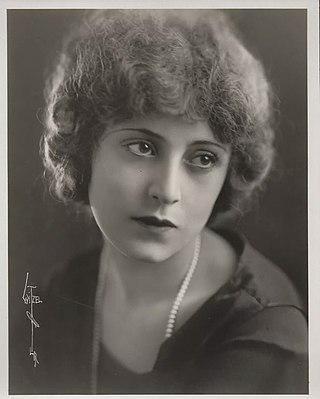
Virginia Brown Faire was an American silent film actress, appearing in dramatic films and, later, in sound westerns.

Florence Vidor was an American silent film actress.

Eulalie Jensen was an American actress on the New York stage and in silent films.
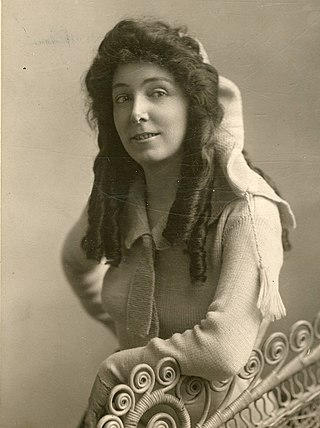
Edythe Chapman was an American stage and silent film actress.
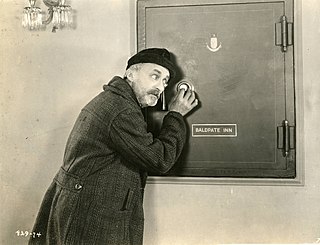
William Anderson Orlamond was a Danish-American film actor. Orlamond appeared in more than 80 films between 1912 and 1938.
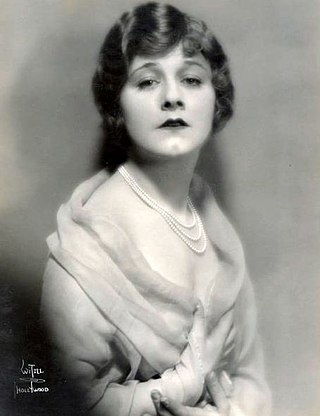
Lillian Rose Rich Woodland, more commonly known as Lillian Rich was an English-born actress of the silent era. She appeared in more than 60 films between 1919 and 1940.
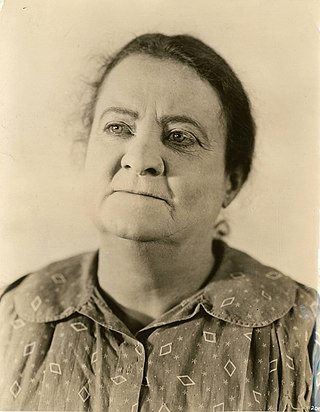
Agnes Herring was an American actress. She appeared in more than 100 films between 1915 and 1939.

Shirley Mason was an American actress of the silent era.

Olga Engl was an Austrian-German stage and motion picture actress who appeared in nearly 200 films.
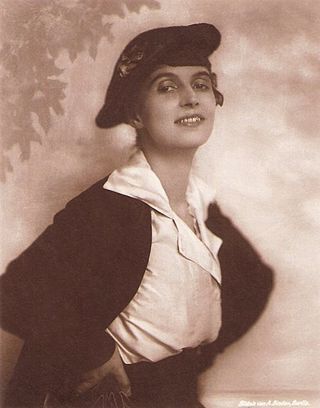
Erna Morena was a German film actress, film producer, and screenwriter of the silent era. She appeared in 104 films between 1913 and 1951.

Olga Limburg was a German theater and film actress. She began her artistic career in 1901 with a commitment at the Municipal Theatre of Poznan. Since 1902, she played at several of Berlin's leading theaters including the Tribune, the Metropol Theatre, Berlin Lustspielhaus, the comedy and the Theater am Kurfürstendamm. During the early part of her theater career, Limburg usually played supporting roles. Later she worked in the "comical oldies" plays.

Paul Biensfeldt was a German-Jewish stage and film actor.
Sophie Berg Pagay was an Austrian stage and film actress, born in Brünn, Austria-Hungary. She began acting as a child, and went to Berlin to perform on stage in 1887. She married actor Hans Pagay.

Maria Forescu was an Austro-Hungarian-born Romanian opera singer and film actress. During the silent and talkies era of the German cinema, she appeared in several movies as a supporting actress. When Adolf Hitler came to power, Forescu, like other Jews of that period, was barred from her profession. Living undercover during the later years of World War II, she survived the Holocaust and died in 1947 in East Berlin.
Hermann Picha was a German stage and film actor. Picha was extremely prolific, appearing in over 300 short and feature films during the silent and early sound eras. Picha played a mixture of lead and supporting roles during his career. He played the title role in the 1920 film Wibbel the Tailor, directed by Manfred Noa. He appeared in Fritz Lang's Destiny.

Albert Paulig was a German film actor who was popular during the silent era. Paulig made his first film in 1914. The following year he appeared in one of Ernst Lubitsch's first directorial attempts, A Trip on the Ice (1915). Paulig was in a number of Harry Piel, thrillers including The Man Without Nerves (1924).
Karl Machus (1884–1944) was a German art director. Along with Erich Zander he designed the sets for most of the films made by director Veit Harlan during the Nazi era.

















